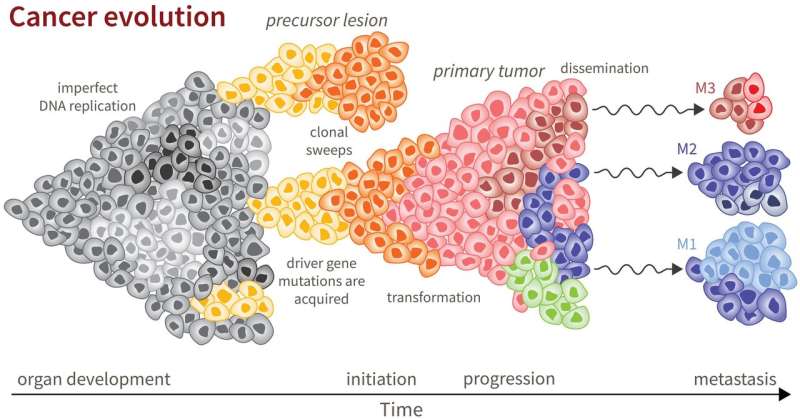Recently, I had a chance to do a small school project about natural selection. It should have been a short, straightforward, and easy PowerPoint presentation. It took a short time to create, but I cannot say the same about the effects it had on me.
I won’t delve into the entire history of organisms as we know them today. However, it might be interesting to examine some facts that are clear to those who understand natural selection, even if they seem less obvious to people without this background knowledge.
Oncogenes and Suppresor Genes

At first sight this might sound complex. All the mechanism in a nutshell is if your proto-oncogenes activated, you are in a big trouble. But usually this is detected by your body and your immune system destroys these damaged cells. If by some chance that the mechanism doesn’t work, than your cells start to multiply rapidly —much faster than what it should have. That causes your tissues to be replaced by these mutated cells. You might and should be asking yourself, what is the connection between cancer and evolutionary biology. The answer lies within these mutated cells. Cancer cells within a tumor aren’t all the same. They carry mutations that give them slightly different traits—some might reproduce faster, or be better at hiding from the immune system. This creates a competition within the tumor itself, a microscopic version of natural selection.
The mutations that allow cancer cells to survive and reproduce best within their environment (your body) are the ones that get passed on. This explains why tumors can become resistant to treatment –the most resilient cancer cells are the ones that persist. In a strange way, the development of cancer mirrors the same forces of mutation, competition, and adaptation that drove the evolution of all life on Earth.

Beyond Medicine
Understanding the evolutionary dynamics within tumors has far-reaching impacts. It helps us design smarter, more targeted cancer therapies. Instead of just blasting a tumor with a single drug, researchers are exploring ways to disrupt the evolutionary process itself. For example, can we introduce treatments that make the environment within the tumor less hospitable for the strongest cancer cells? Can we find ways to make cancer cells compete with each other instead of cooperating, slowing down their growth?
But the connection between cancer and evolution goes deeper than just improving treatment. It challenges us to think about the very nature of disease. Traditionally, we view disease as a breakdown of our body’s normal functions, something to be fought and eliminated. Yet, from an evolutionary perspective, cancer cells are simply life forms finding ways to survive and thrive within a particular environment.
This perspective doesn’t make cancer any less dangerous or something we shouldn’t fight tirelessly against. However, it might open up new ways to understand and ultimately manage this complex disease.
A Call for Curiosity
If this has sparked your interest as it did mine, I encourage you to do your own research. Explore the many ways that evolutionary thinking is transforming how we approach cancer. Understanding the world around us, even through the lens of something as challenging as disease, can lead us to unexpected discoveries and solutions.
My fascination with the evolutionary side of cancer began with a simple school project. Now it is much more than that. Just trust science.
With Peace ✌️
Levent Erdem


Leave a Reply